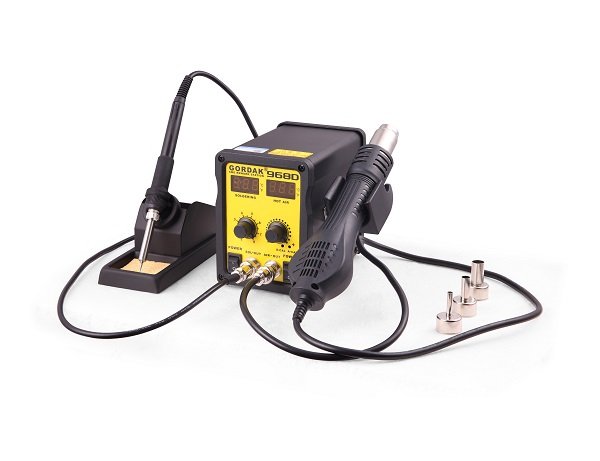Welding is a widely used process in manufacturing industries to join different metal components. However, this process is often associated with deformation and residual stress, which can negatively impact the structural integrity and performance of the welded structures. In this article, we will explore the causes of welding deformation and residual stress and discuss effective measures to prevent them.

Causes of Welding Deformation
Welding deformation can occur due to various factors. One of the primary causes is the non-uniform heating and cooling during the welding process. When the welding torch applies heat to the metal, it causes the expansion of the heated region. As the weld cools down, it contracts and may result in localized shrinkage. These thermal expansions and contractions can lead to distortion and deformation of the welded structure.
Additionally, the mismatch in material properties, such as the coefficient of thermal expansion, can also contribute to welding deformation. When dissimilar metals are welded together, their different thermal expansion rates can create significant stresses during cooling, ultimately leading to deformation.
Furthermore, the weld sequence and welding technique can influence the amount of deformation. Improper sequencing or excessive heat input can cause higher levels of deformation. Lack of preheating or post-weld heat treatment can exacerbate the issue.
Residual Stress and its Effects
Residual stress is another critical concern in welding. It refers to the stress that remains in the material after the welding process is completed. These stresses can be detrimental to the structural integrity and longevity of welded components.
Residual stresses can result from the thermal expansion and contraction mentioned earlier, as well as from phase transformations within the metal during welding. These stresses can lead to microstructural changes, such as the formation of brittle phases or crack initiation sites.
The presence of residual stress significantly increases the susceptibility of welded structures to fatigue failure, brittle fracture, and stress corrosion cracking. It can also cause dimensional inaccuracies, reducing the overall quality and performance of the welded component.
Prevention of Welding Deformation and Residual Stress
Several strategies can be implemented to prevent or minimize welding deformation and residual stress.
Proper welding sequence and technique selection are crucial. By considering the joint design, welding positions, and fixturing, one can optimize the heat distribution during welding and reduce the overall deformation. The use of cooling devices or intermittent welding can also help control material expansion and contraction.
Preheating the base metal before welding can help equalize the thermal gradients and reduce the stresses induced by the welding process. Similarly, post-weld heat treatment, such as annealing or stress relieving, can effectively relieve residual stresses. These heat treatments promote the redistribution of stress within the welded component, improving its integrity.
Conclusion
Welding deformation and residual stress are significant challenges in the welding industry. Understanding the causes behind these phenomena and adopting appropriate preventive measures can greatly enhance the quality and reliability of welded structures. By carefully considering welding techniques, sequence, and implementing preheating or post-weld heat treatment, manufacturers can reduce deformation and residual stresses, leading to improved performance and durability of welded components.



